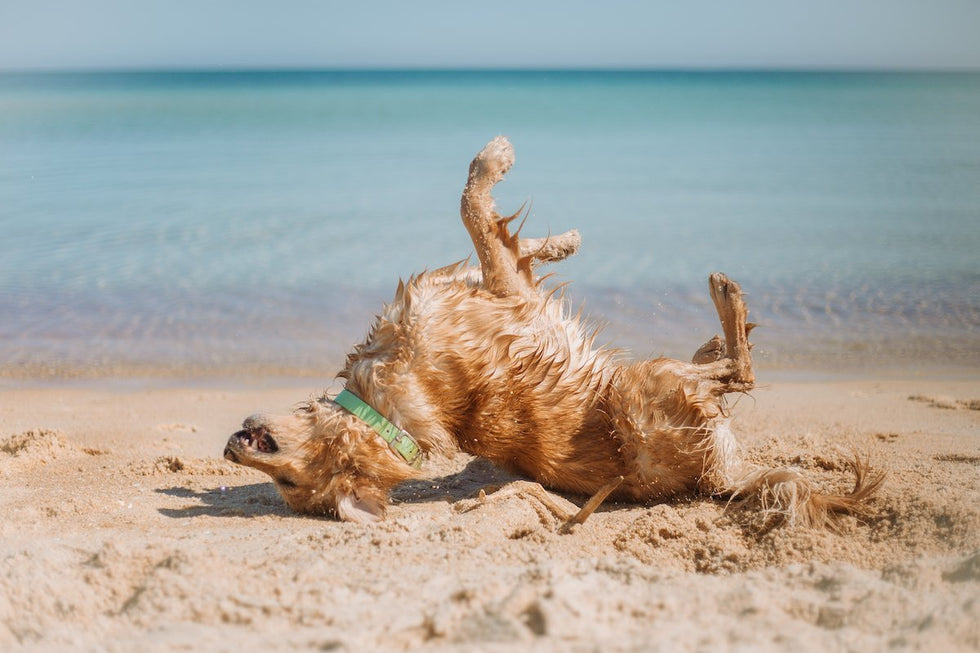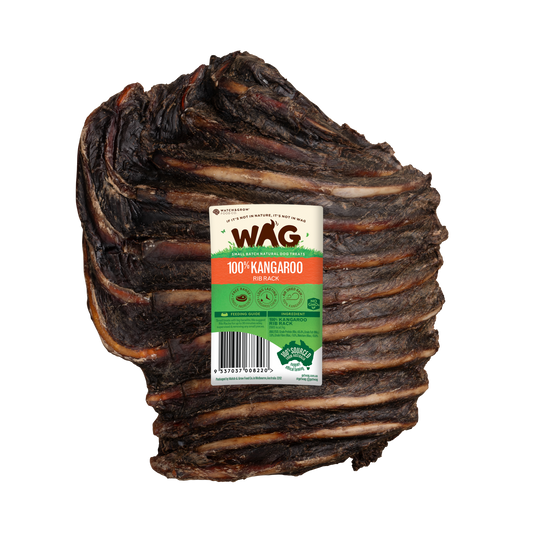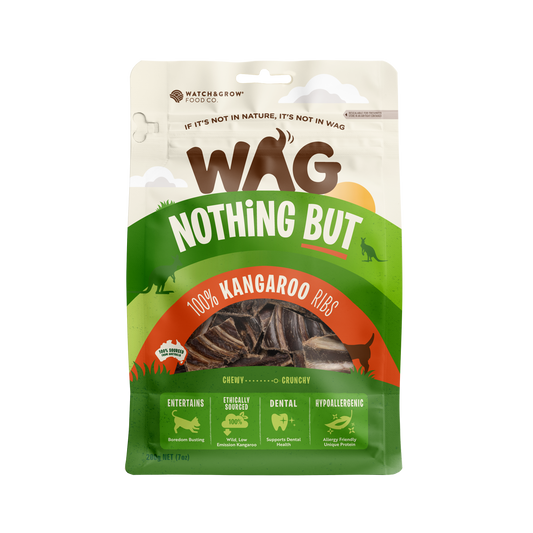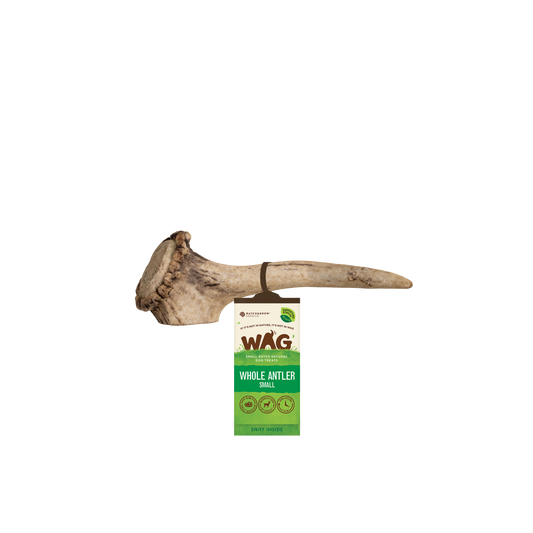There’s no ignoring the uphill battle that Mother Nature has been facing over the last couple of decades. And with the outdoors being where our dogs play and thrive, it’s down to us to take on the sustainability challenge and make well-informed decisions to make sure they stay hand-in-hand.
We’ll be honest, from the outset, a lot of resources are required in the manufacturing of dog treats, and as you may know meat and livestock production is a big contributor to greenhouse gases. In fact, livestock emissions alone are around 10% of Australia’s overall greenhouse gas emissions.
Despite this, the Australian red meat industry is on the forefront of carbon neutrality. The industry has the target to be carbon neutral by 2030 in an initiative called CN30 but not at the cost of livestock numbers.
“This means that by 2030, Australian beef, lamb and goat production, including lot feeding and meat processing, aim to make no net release of greenhouse gas (GHG) emissions into the atmosphere.
With a commitment from all of industry, the right policy settings and ongoing research investment, the Australian red meat industry can be at the forefront of carbon neutrality.”
– Meat & Livestock Australia
Whilst we ourselves may not be involved in the CN30 movement, there still are ways that we can be environmentally-conscious when it comes to the process of dog treats from paddock to plate.
Look for Sustainable By-Product Dog Treats
When it comes to meat dog treats, those which use prime meat cuts and other ingredients preferred by many people, add extra pressure to a global food system that will have to feed an estimated 9 billion people by 2050.
During the meat manufacturing process, a lot of by-product is left to waste and it is at this point that butchers sweep in to dehydrate these leftovers for the purpose of dog treats.
Dehydrated by-products are a healthy and sustainable option for any dog to treat on, and despite the initial wariness, are an incredible source of nutrients and vitamins to add to any doggo diet.
Take Kangaroo Rib Racks, for example. These treats generally go to waste after kangaroo fillets are prepped for us to chuck onto the barbie later down the track. Repurposing this into treats results in the ultimate dental chew for larger dogs, or something that can be cut down for smaller dogs.
Through repurposing by-products into food and treats, especially when done so in an additive and preservative-free way, we’re able to reduce waste and treat both our dogs and the planet right.
Look for Local
Dr. Herndon from University of Queensland suggests kangaroo is one of the most environmentally friendly proteins – and also that they’re one of the healthiest proteins we can feed our doggos.
Kangaroos are 100% wild. They can’t be domesticated, and zero facilities exist to farm and process them the way we do traditional livestock. They live wild and free, traversing the Aussie outback of their own volition, living in huge herds and travelling enormous distances each day. Not a single pound of Kangaroo protein you see on shelves has been farmed – just wild-caught by professional hunters.
Eco-treaters Unite
When we treat with Aussie jerky as sunburnt as the outback, we can feel comfy knowing that there are many spots down the food supply chain that have had their own little input into making pet food a more eco-friendly industry – us dog owners included!
Shop the Recipe
WAG Team
Up Next
The best ways to spend the weekend with your dog (as voted by you!)





